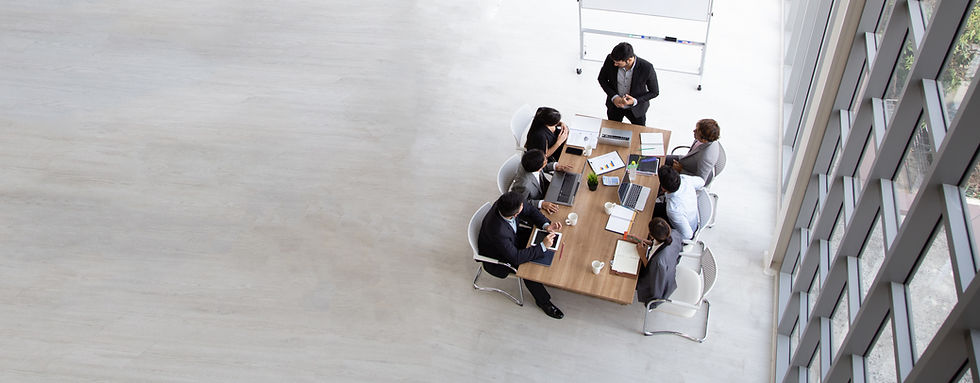Design and Environment
- MA Emma Kocmanek Dikyova, DipArt

- Mar 1, 2022
- 2 min read
for Retail News Magazine 3/2022
The Environment Significantly Influences Human Psychology, Our Mental State, and Ultimately Our Behavior.
COMMUNICATION, PRESENTATION & SALES
Any environment we are exposed to stimulates us.Its identity is crucial, as it becomes an external reflection of our inner state.
How we perceive external identity also mirrors our internal identity.
Let’s consider the interior:The way a space is decorated speaks to us indirectly—it initiates interaction, influences our psyche, and can shift our behavior, particularly by affecting our mood and performance.
Design helps shape the identity of a space through:
Decorations,
Colors,
Illustrations,
And thoughtfully chosen creative elements.
IDENTITY
Just as people have identities, so do spaces and objects.Different identities interact and influence each other.
Because the identity of a space is often linked to that of its user, designing any space must be approached individually.
A well-designed space can reduce stress and anxiety, while stimulating activity.People form relationships with spaces, generating a sense of belonging through shared identity—its mission, values, etc.
PURPOSE OF ENVIRONMENT
While identity lies within our personal boundaries, territory is the space beyond.
We can view space as a territory with identity—a specific place that carries emotional attachment.
“Space” is defined by its immediate interaction with surrounding objects.
“Place” is associated with feeling, belonging, and meaning.
Every environment has a purpose, which in turn reflects and shapes the character of its users.
INTERACTION
Man-made environments are active parts of our surroundings.They directly influence perception, behavior, attention, stress levels, and our willingness to remain in that environment.
If we know space affects our behavior and attitudes, we should always choose elements that promote the desired mental state.
Personal territories—like workplaces and homes—should support:
Self-expression,
Identity, and
Positive emotions to enhance comfort and productivity.
For all these reasons, environment is key.
ENVIRONMENT AND SCIENCE
Before any modification of a space, we must begin with research.
Intelligent solutions require an intellectual foundation.Creativity is the tool of transformation.
Designs based only on aesthetic decoration rarely work long-term.They’re often unsustainable and vulnerable to passing trends.
Smart environments are built with scientific insight and the expertise of professionals who filter visual elements through emotional understanding.
Sophisticated solutions are the only way to create functional, sustainable environments, grounded in:
Evolutionary and cognitive psychology,
Neuroscience and neuroaesthetics,
Philosophy,
Aesthetics,
Semiotics, and
Semantics.
In spatial design, an emerging field is environmental psychology—which studies the reciprocal relationship between people and their surroundings.
ENVIRONMENT AS INVESTMENT
How do we feel in a sterile environment versus a stimulating one?In a standard hospital room versus one that feels like a living room?
The difference is psychological—and profound.
A stimulus-enriched environment interacts positively with the brain, and this has measurable benefits.
Savvy business leaders understand the return on investment of quality design.They know its long-term impact on:
First impressions,
Human well-being, and
Buying behavior.
How we feel in a space has a direct effect on our attitude and decisions.



Comments